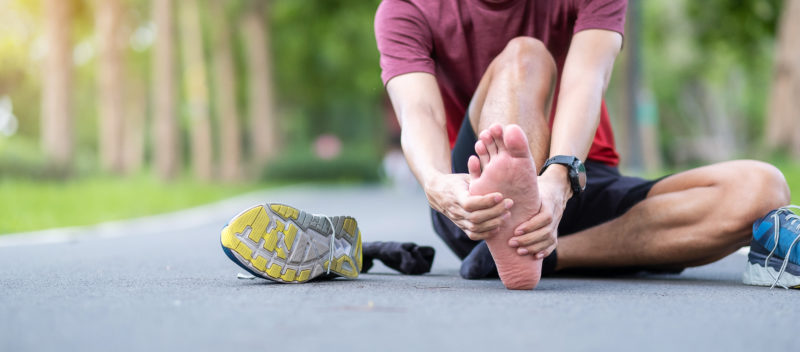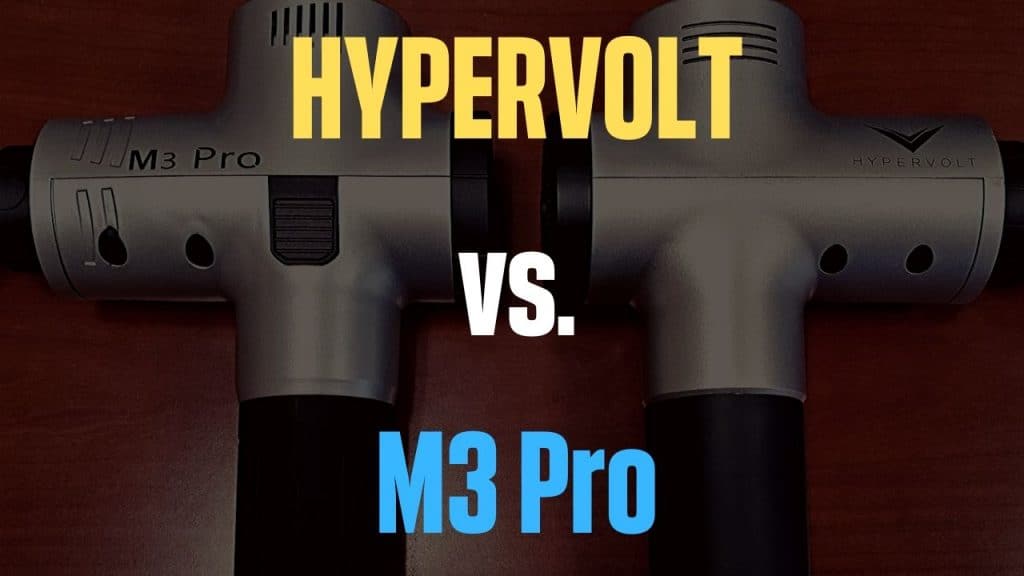If you often wake up with a burning, stabbing pain on the bottom of your foot or experience heel stiffness, it is crucial to find the root of your problem and take the right steps. Most likely, the pain comes from a condition called Plantar Fasciitis.
At this point, you’re probably wondering what you can do about it. Does massage help with plantar fasciitis? Fortunately, for many people, a massage may help resolve some level of discomfort. Yet, it’s important to understand that massage alone will not cure your heel pain. You’ll need to be persistent in your treatment and try various options to kick it off for good.
Keep reading to learn all about the best methods and tools you should use to alleviate your foot pain.
What is plantar fasciitis?
Did you know that According to the AAFP, plantar fasciitis is a common problem that one in 10 people will experience in their lifetime? Anatomically speaking, the plantar fascia is a long, thin ligament that lies directly beneath the skin on the bottom of your foot. It connects the heel bone to the front of the foot. Also, it supports the arch, making this part of the body vital for standing, walking, and supporting the body’s overall weight. That’s why it’s more prone to injury. So, when the fascia becomes inflamed, it causes plantar fasciitis. We experience it as pain in the heel and foot area. As you get up and move, the pain usually decreases, but it might return after long periods of standing. The good thing to know is this condition is treatable.
What causes plantar fasciitis?
Now that we explained what plantar fasciitis is, we need to cover what causes it. Plantar fasciitis tends to appear as we get older and the fascia becomes less elastic. It usually develops with repeated pressure, which, over time, can cause damage to the tissue in the foot.
Below are some key factors that can cause the development of plantar fasciitis:
- Walking, standing, and running for long periods – These activities, especially performed on hard surfaces, strain the plantar fascia, leading to plantar fasciitis. People who participate in jogging, running, or basketball have an increased risk of catching plantar fasciitis. After these activities, the pain can flare up due to increased irritation. Also, if you’re working on a job that requires long hours on your feet, you can damage the plantar fascia.
- Certain diseases – Reactive arthritis and spondylitis are two conditions that can be associated with plantar fasciitis. You should consult with your doctor to check for these and to learn about the best treatment options.
- Shoes that don’t provide the right support – Wearing shoes that don’t fit well or don’t provide sufficient cushioning can also be the root of the problem. Over time, improper shoes can cause the foot muscles to weaken and place unnecessary strain on the structures surrounding the plantar fascia. Wearing shoes with proper support, particularly in the arch area, is key to beating plantar fasciitis.
- Obesity – You’re at a greater risk of developing plantar fasciitis if you’re overweight. This is due to the increased pressure on your plantar fascia ligaments.
- Faulty structure of the foot – People with overly flat feet or high-arched feet are more prone to developing plantar fasciitis.
- Age – Men and women between the ages of 40 and 70 are at the highest risk for developing plantar fasciitis. It’s also slightly more common in women than men.
Does massage help plantar fasciitis?

If you suffer from plantar fasciitis pain, your instinct is probably to massage the pain away, and it’s a good idea. Since this is a repetitive strain injury, massaging this area should bring you relief. It can help break down scar tissue and improve blood flow.
This particular condition calls for methods that stretch the foot and posterior calf muscles. Try warming up your feet with a light massage before you start putting weight on your feet. Begin with a softer touch and increase the pressure of your hands or objects you use as your pain improves. Avoid adding pressure on very sore spots.
In particular, deep tissue massage is the technique of choice for heel pain caused by plantar fasciitis. The best method is a self-massage twice a day for 1 to 3 minutes at a time.
Massage options for plantar fasciitis
Plantar fasciitis is unlikely to go away without some sort of treatment. Besides deep tissue massage, there are other options to explore to successfully tackle this condition.
A professional massage therapist can help with plantar fasciitis. Therapists can show you strengthening exercises for your calves and ankles. However, this is a costly method that is oftentimes not a long-term solution.
Another simple and non-invasive way to treat plantar fasciitis pain is self-massage. This method is very cost-effective, and the best part of it is that you can do it in the comfort of your own home. There are plenty of ways to self massage the feet. You can choose to use your own hands, a foot massager machine, or apply pressure with a massage gun.
Buying an at-home foot massager can help with chronic pain by boosting blood circulation. These types of massagers are super easy to operate and you can adjust the comfort level to your own liking. With so many functions, it can be hard to find the product that’s just right. If you’re in the market for one you may want to check this handy guide to find the one that suits your needs.
On the other hand, if you want to utilize a combo of your hands and a machine tool, a massage gun is your go-to choice. These guns feature different head attachments to specifically pinpoint areas of your feet that are most sore. You can customize your massage with different levels of pressure. They’re not only for people who suffer from plantar fasciitis but also are sore in other parts of their body.
In summary
Plantar fasciitis is one of the most common orthopedic complaints. Like most injuries, there’s no instant cure but most people make a complete recovery from the condition. Self-massage or therapist may have their benefits, but if you really want to kick the plantar fasciitis to the curb, try investing in a foot massager. It’s the best combination of effectiveness and affordability over time. Your feet will thank you!


